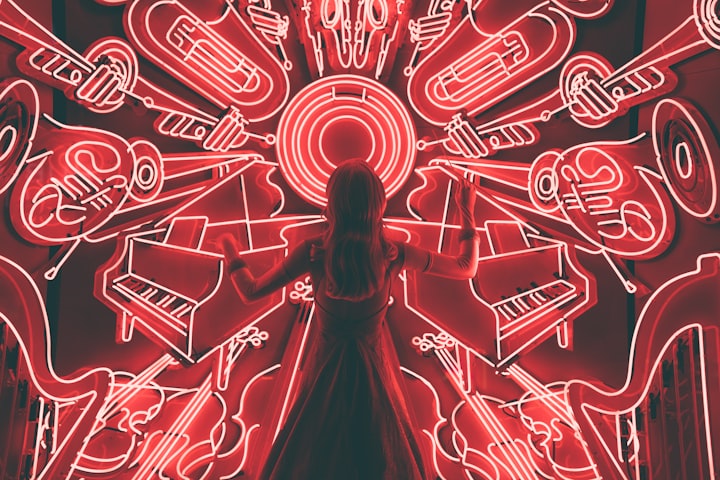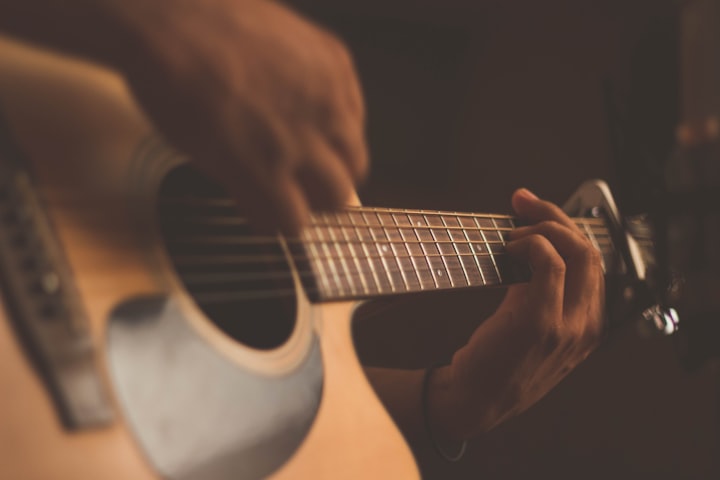
In the article "The Eighteenth-Century Origins of the Musical Canon," William Weber talks about his way of thinking regarding the beginning of the melodic standard, which he accepts began with the repertory. He assembles his case by looking at the social, recorded, and educational establishments of this practice. His is an article in light of Joseph Kerman's, whose sees he disagreed with totally and invalidated them by saying that the melodic standard has been molded generally by various powers, thoughts, and accepted practices present in the musical culture, which have all acted in their remarkable manner and prompted the starting points of the ordinance.
As indicated by the creator, the standard arose "discreetly and unnoticeably" out of the practices and customs of the melodic show and not from an intellectual development or scholarly way of thinking. And keeping in mind that the creator acknowledges the musical significance of the Romantic Movement as having impacted the starting points of the musical group, he accepts that the early Romantic melodic reporters had themselves been affected by the cycles of the time and age preceding Romanticism.
The cutting edge melodic standard arose from customs, for example, the perseverance of more seasoned music and the height granted to more established performers using different ways, the most significant being the eminence granted to them in chapel music and instructional method. Old practices became more regular and more influential in musical circles, as they were perceived and liked how they had been imagined. Social, political, and scholarly factors affected this augmentation of before rehearses capital urban communities sprouted and shows began turning into a welcome standard, the drama expected regulatory inclinations, and the Classical practice in writing changed. Every one of these and different elements worked with the extension of early music.
In any case, the creator repeats that he means to examine those cycles that prompted early music development. He indicates two successive strides in the advancement of the melodic standard: the first was the point at which the daily demonstration of performing old individual works extended to become repertories which were consistently achieved, and second when from these repertories, the ordinance was recognized mentally and customarily.
It is ridiculous to expect a good division regarding when the principal stage began and when it developed into the second. Nevertheless, he refers to the English basilicas as a significant illustration of the early occasions when standards were shaped. Driving houses of prayer, for example, the Chapel Royal had set out on the movement of replicating old songs of devotion and administrations as they built a practically new repertory of chapel music.
The Civil War and Restoration likewise assisted with changing mentalities and impart a feeling of holiness in old works, which prompted a more conscious creation to save them. Finally, assortments by the Rev. J. C. Clifford and Thomas Tomkins assisted with resuscitating hymns and administrations from the past in an organized manner. These socio-political elements guaranteed that the music accepted a chronicled significance that it had not been credited previously.
Then, at that point, when the term 'old music' showed up at the turn of the eighteenth century, the change interaction of standard from repertory started. The melodic ordinance became inseparable from an extraordinary music time from an earlier time, which rose above the cutoff points forced by political divisions and was expected to be of public and creative importance. At the point when the Academy of Vocal Music was established in 1726 (which turned into the Academy of Ancient Music following five years), it assisted the shift from repertory to standard, as it sparkled the spotlight on the consecrated works of Marenzio, Palestrina, and Byrd specifically, and other seventeenth-century pieces overall.
The way it had the word 'antiquated' in the name furnished it with a canonic job that was particularly its own and one which different shows couldn't copy. The genuine quintessence of the standard arose with the acknowledgment of a more prominent public, something impractical with the Academy's predetermined number of individuals. This happened when the Concerts of Ancient.
Music was shaped in 1776. It advocated 'old' music just as re-imagined it to incorporate "any music over twenty years or something like that old." The regard accomplished by the Purcell Te Deum is one more significant illustration of how by 1800, the justification for the presence of celebrations was simply the works, which had become standard by then. The celebration custom was primarily liable for giving the old repertory a solid social establishment. Along these lines, given the melodic ordinance the comprehensive, friendly effort it needed.
In a word, the creator proposes the above factors, in the light of which he accepts the beginning phases in the advancement of the melodic ordinance ought to be contemplated. He repeats that one of the significant determinants of the ascent of the law was the advancement of repertories of old works. The cycle occurred gradually, unobtrusively, and in manners that were not as apparent as the Romantic development. Despite what might be expected, melodic customs, like consecrated music, churches, and the Chapel Royal, were instrumental in expanding the group to music.





Comments
There are no comments for this story
Be the first to respond and start the conversation.